Carriers and plans
Dealing with carriers can be a pain. We'll help you get the best deal with our carrier plan breakdowns, roundups, and more.
Guides
How-to's
Best products
Features
All the latest
Carriers and plans news
Google Fi vs T-Mobile: Which is right for you?
Ryan HainesMarch 25, 2025
0
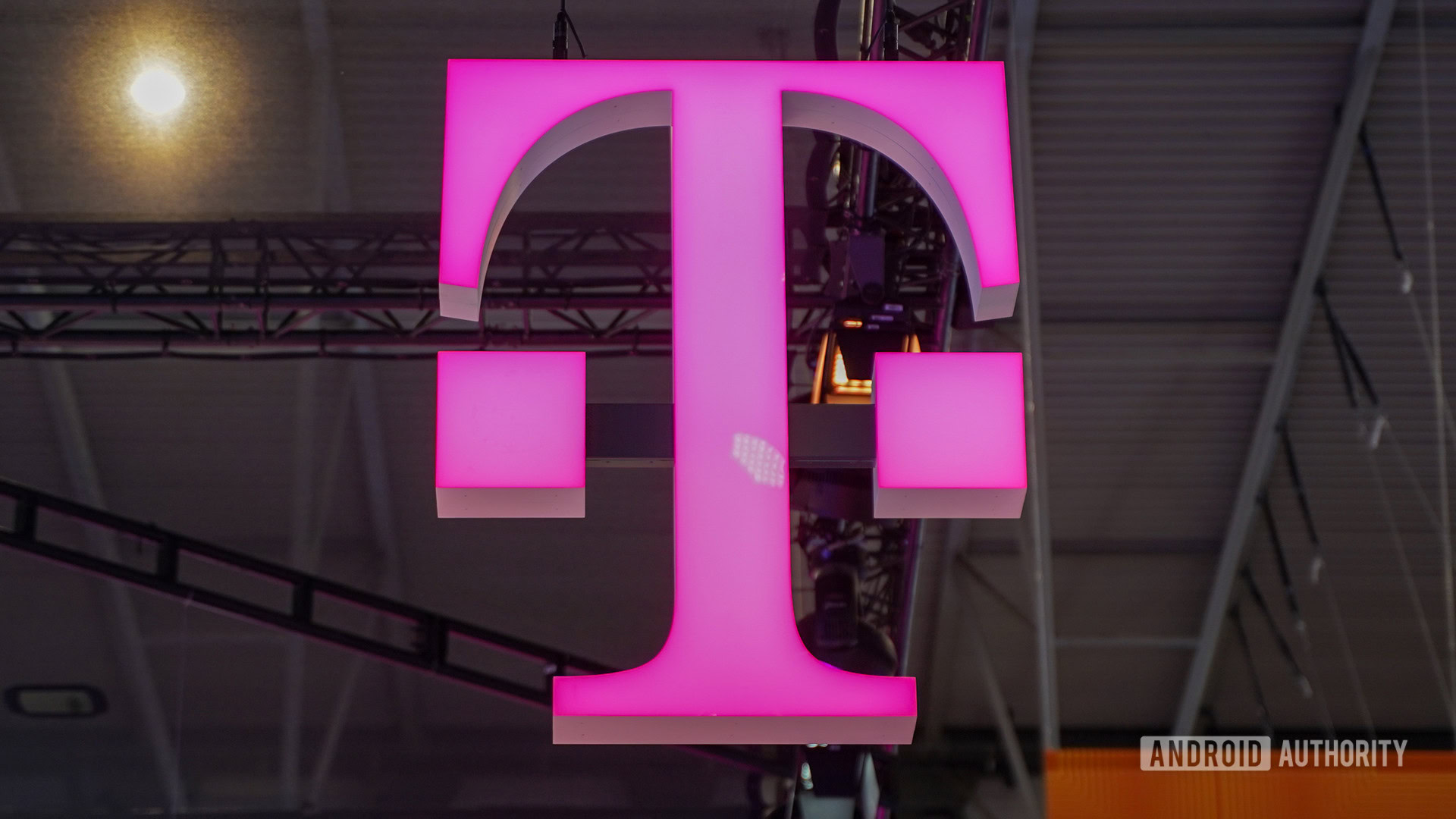
Here are all the carriers that'll give you an iPhone 14 for free
Zak KhanMarch 21, 2025
0
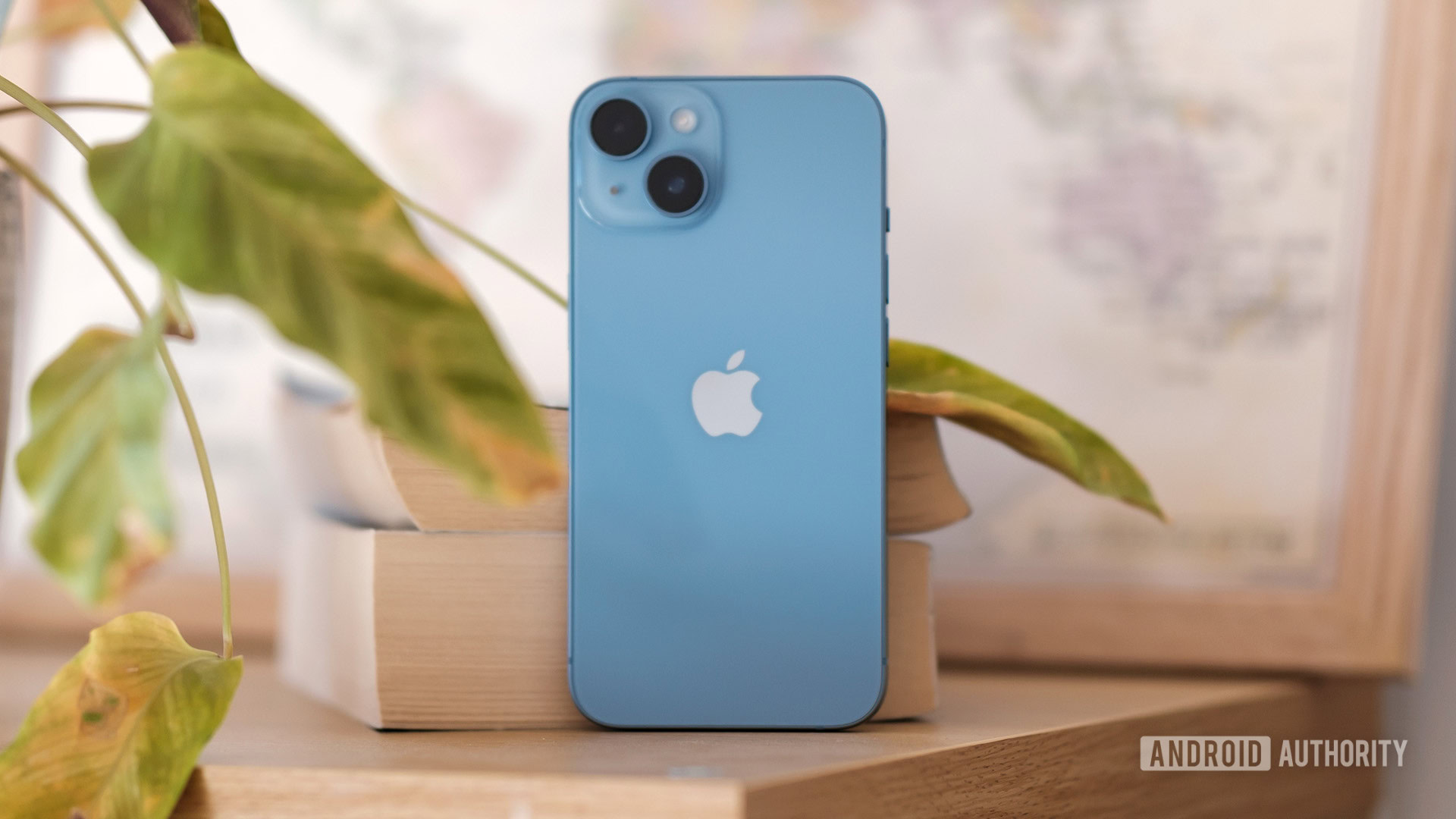
The best Straight Talk phones for 2025
Edgar CervantesMarch 18, 2025
0
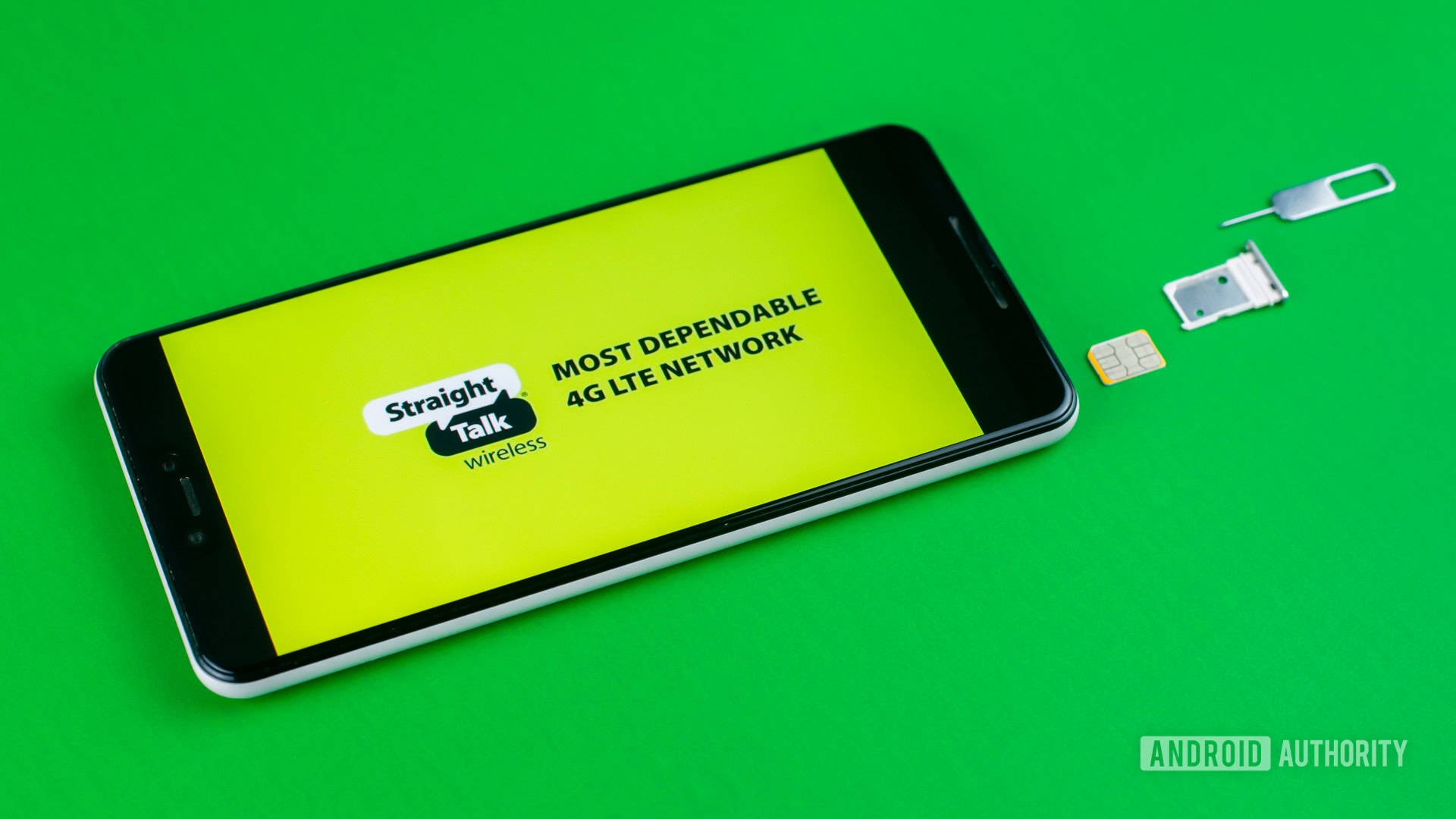
Need to pause your prepaid phone service or afraid you can’t make a payment? Here are your options
Andrew GrushMarch 16, 2025
0
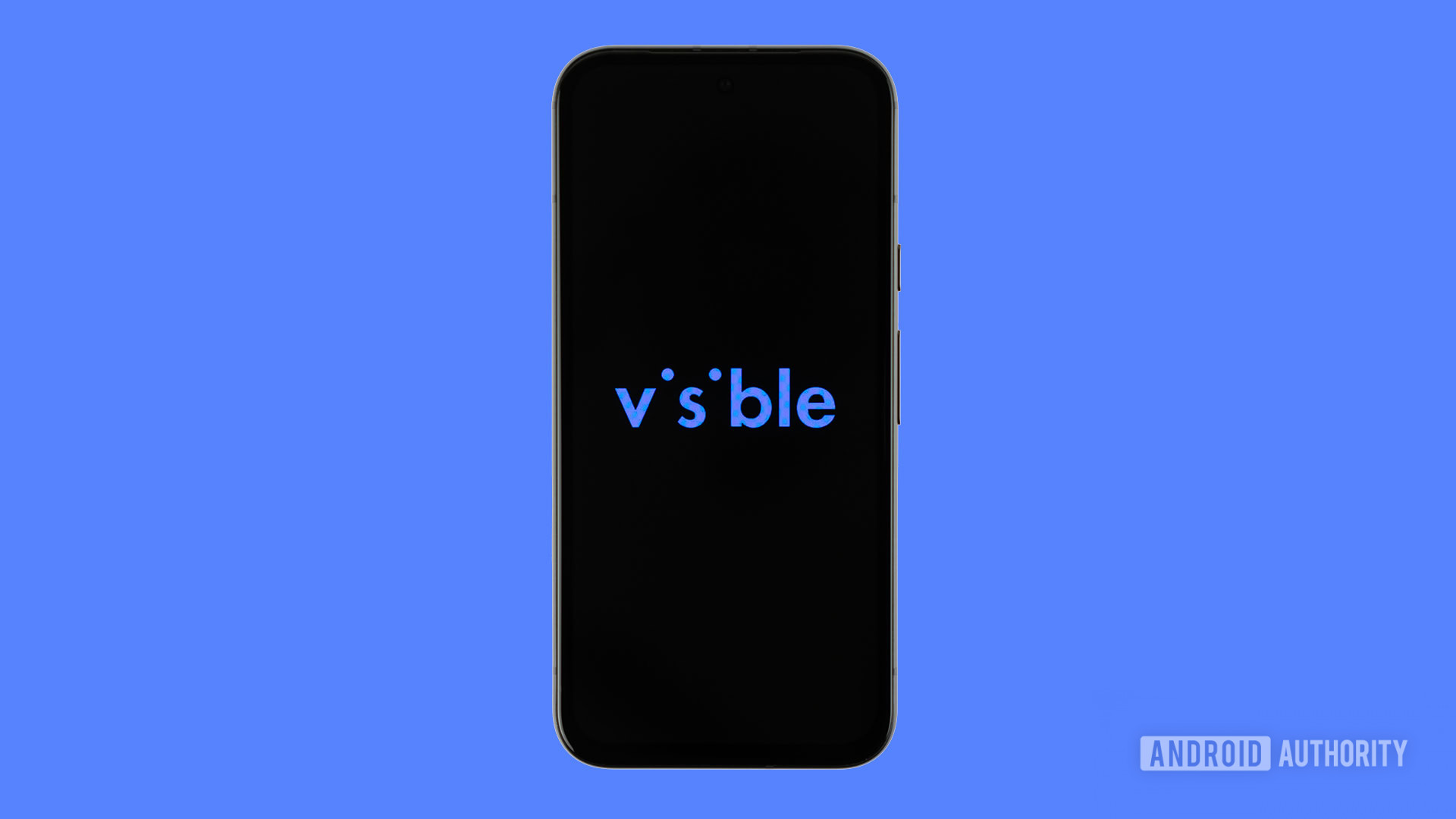
These are all the Verizon Value brands: Who are they for and why so many?
Andrew GrushMarch 12, 2025
0
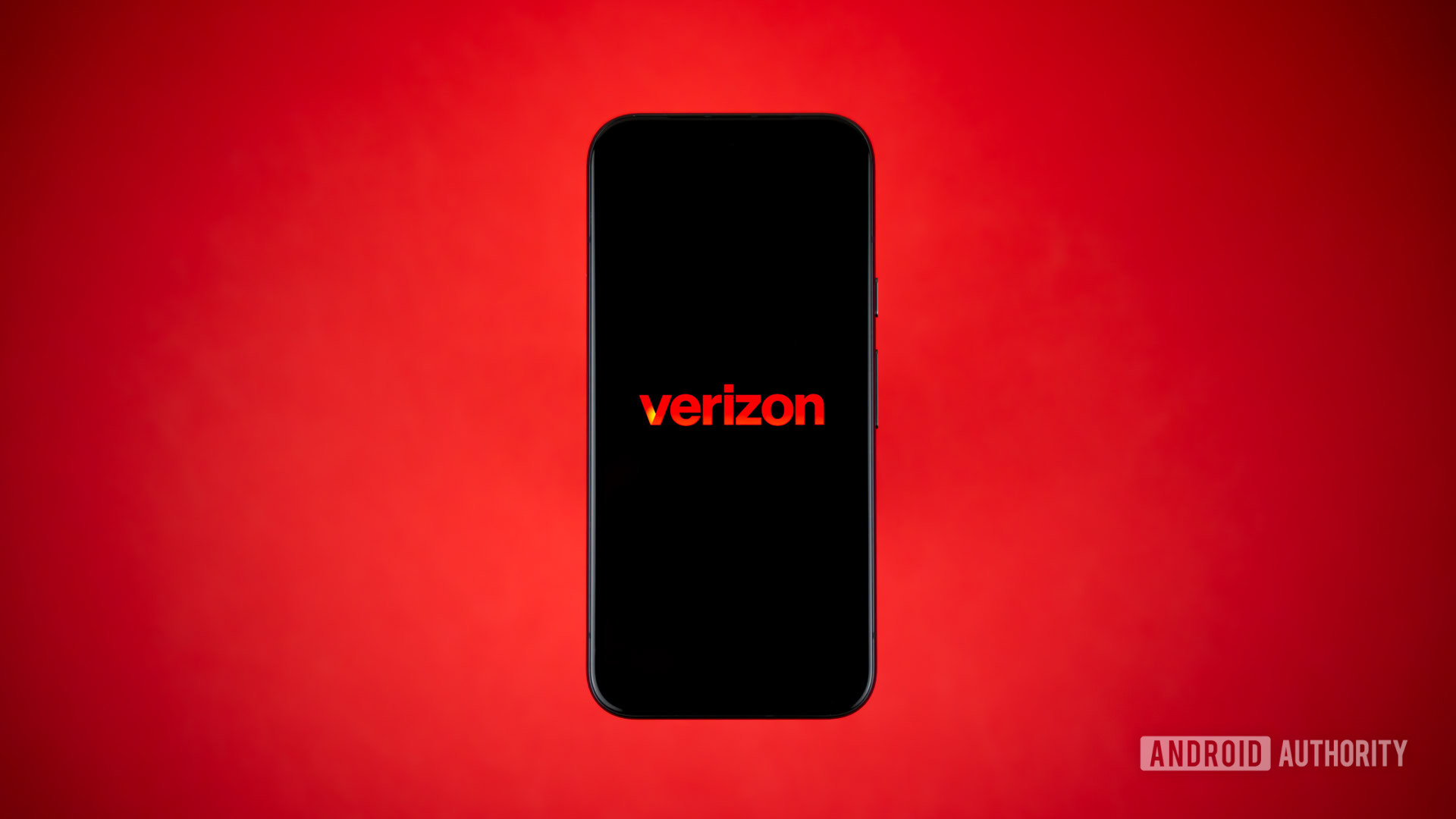
Best Google Fi Wireless plans for 2025: Pricing, phone options, and more
Ryan HainesMarch 11, 2025
0
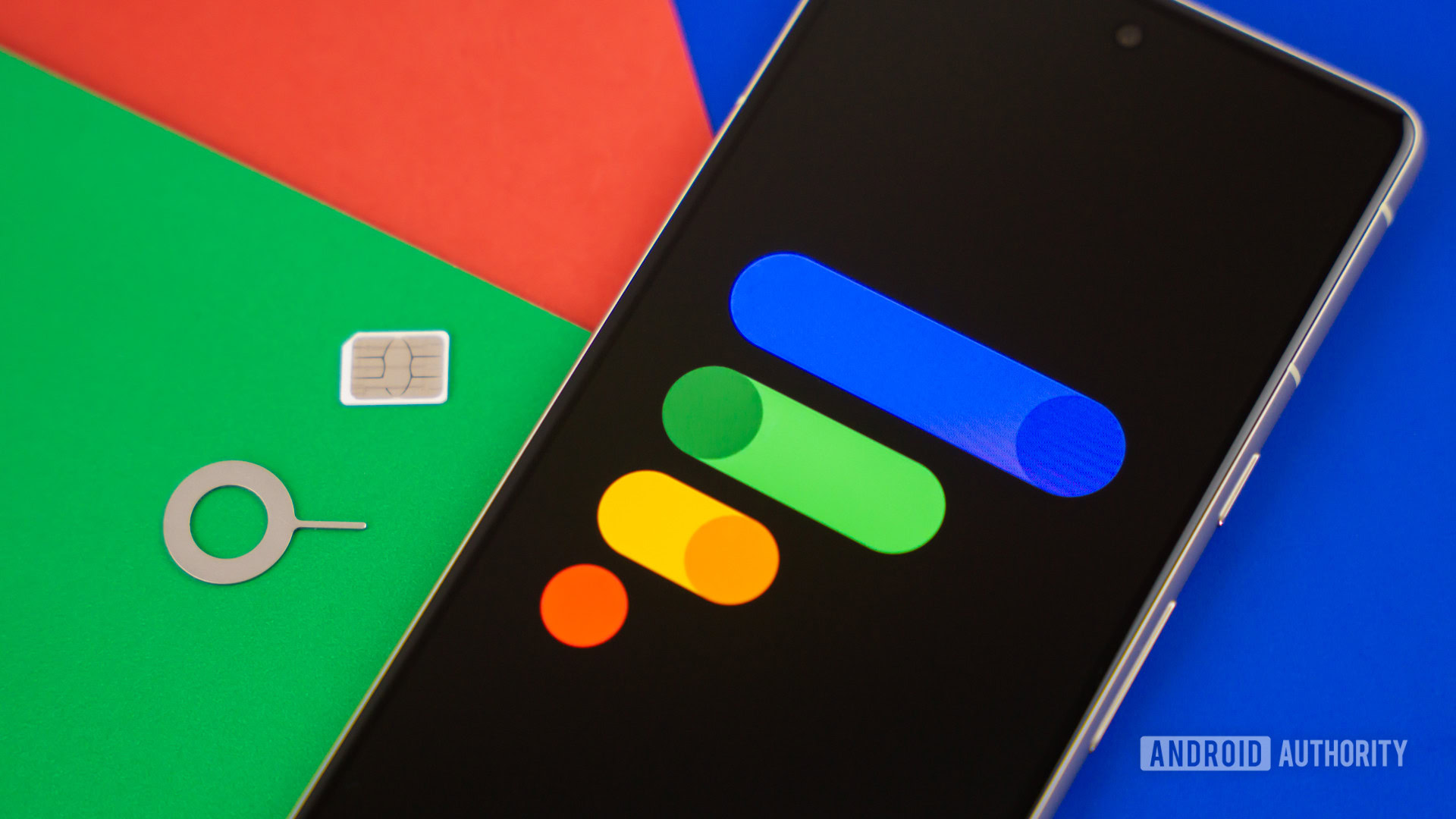
Tax season is the perfect time to save big on an annual phone plan, but what are your options?
Andrew GrushMarch 8, 2025
0
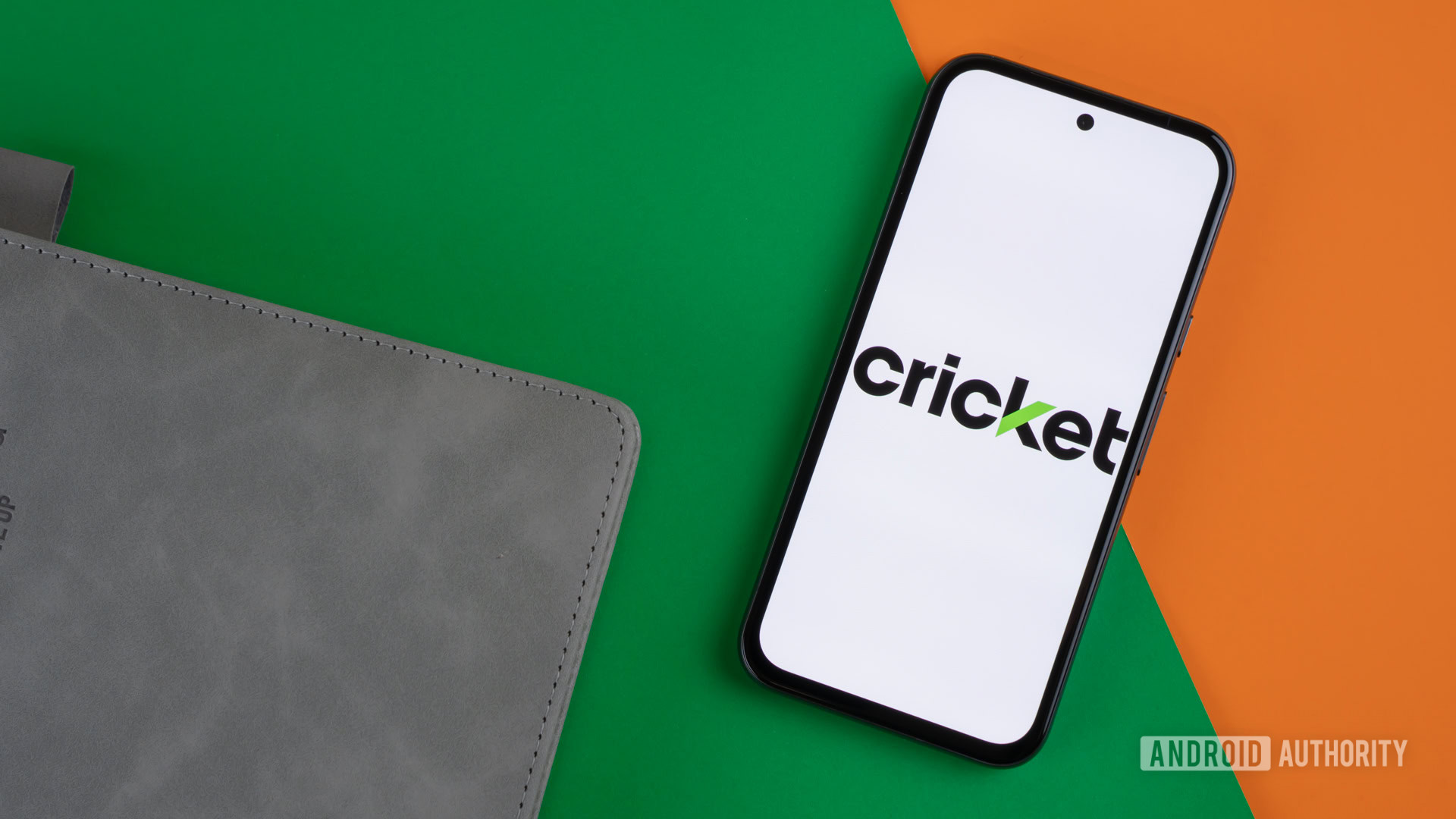
Best T-Mobile plans in 2025: Pricing, phone options, and more
Andrew GrushMarch 5, 2025
0
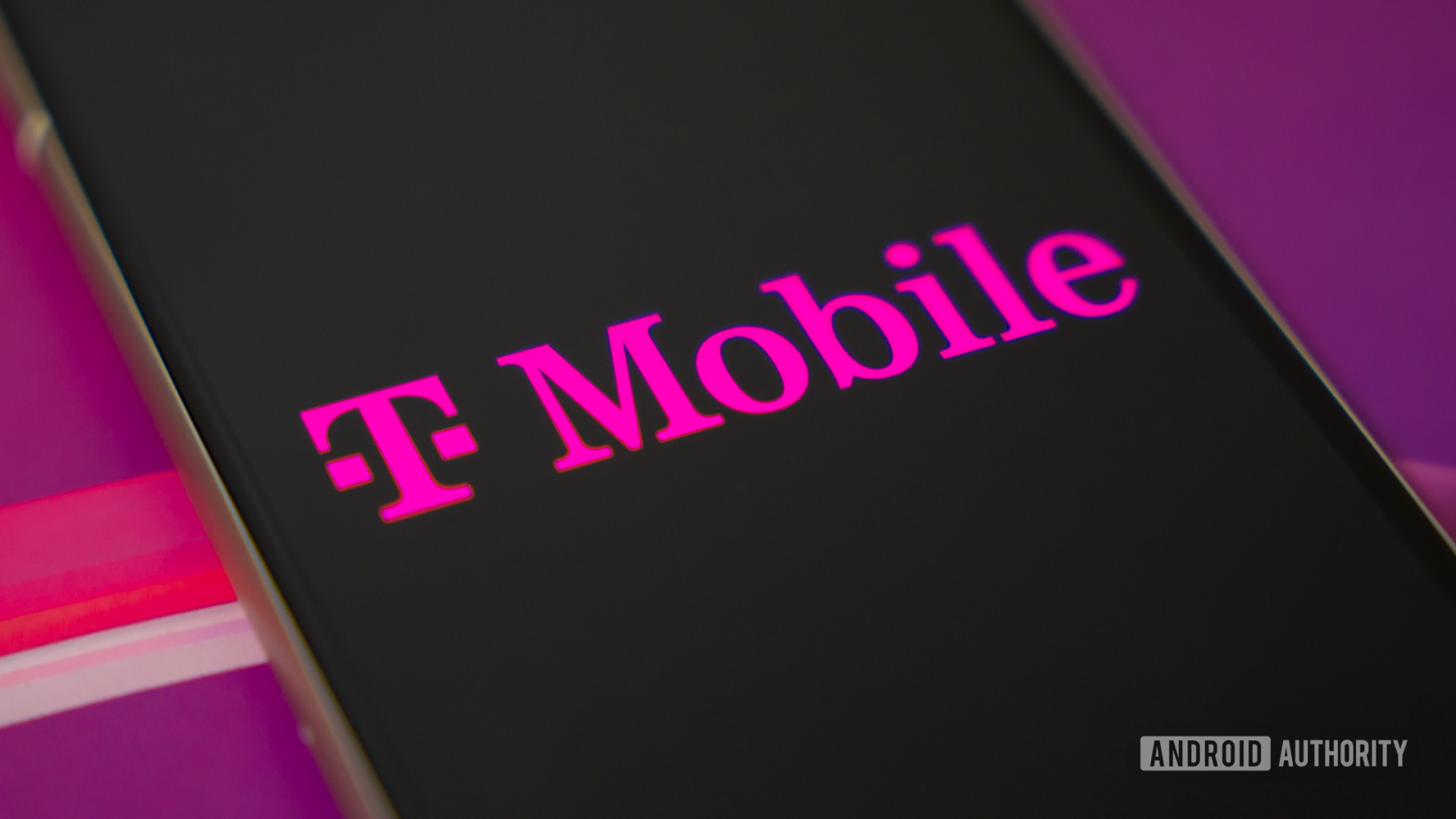
The best Cricket Wireless deals of March 2025
Matt HorneMarch 4, 2025
0
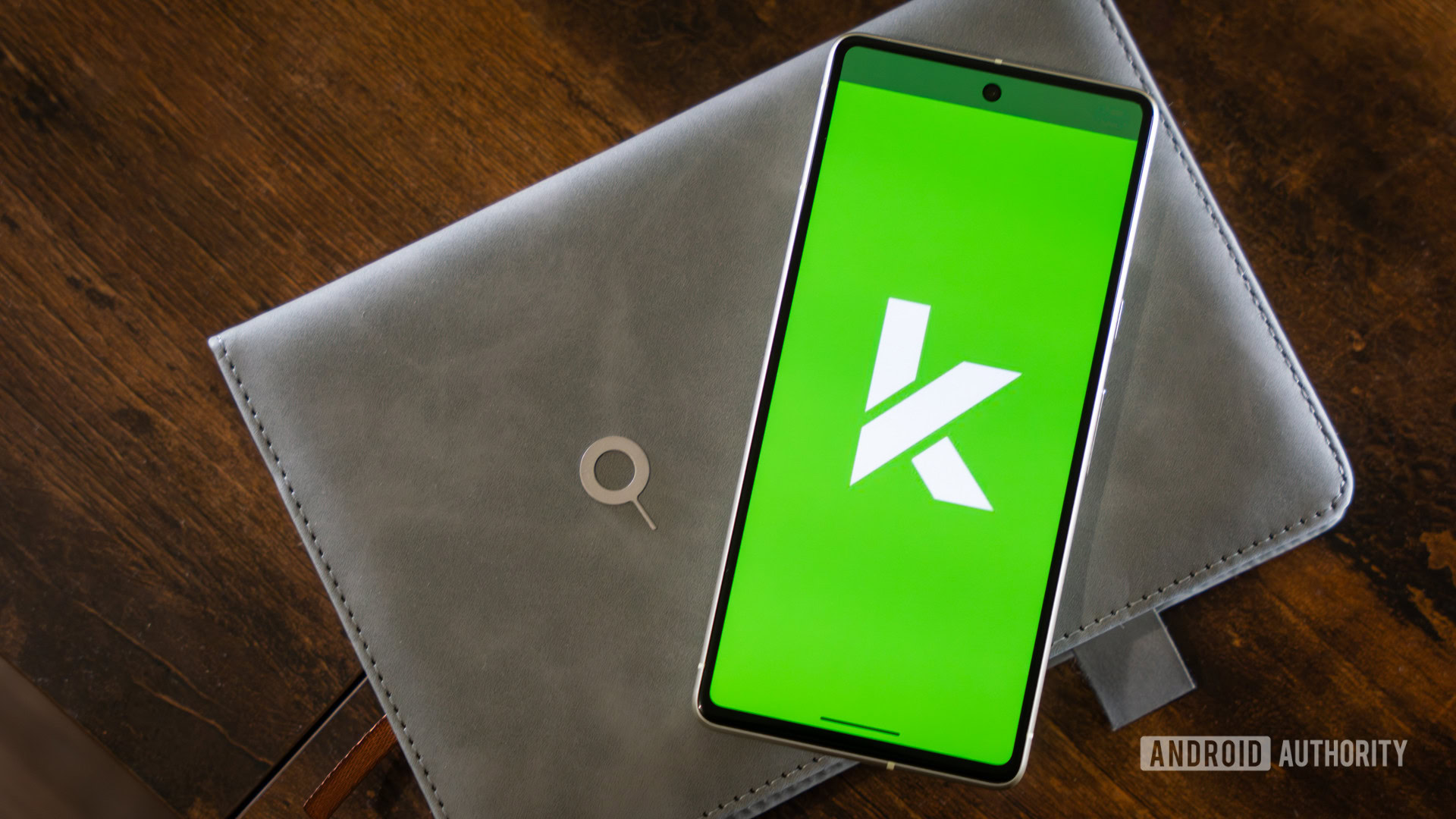
These are the US carriers that let you stream at HD resolution or higher
Andrew GrushMarch 1, 2025
0
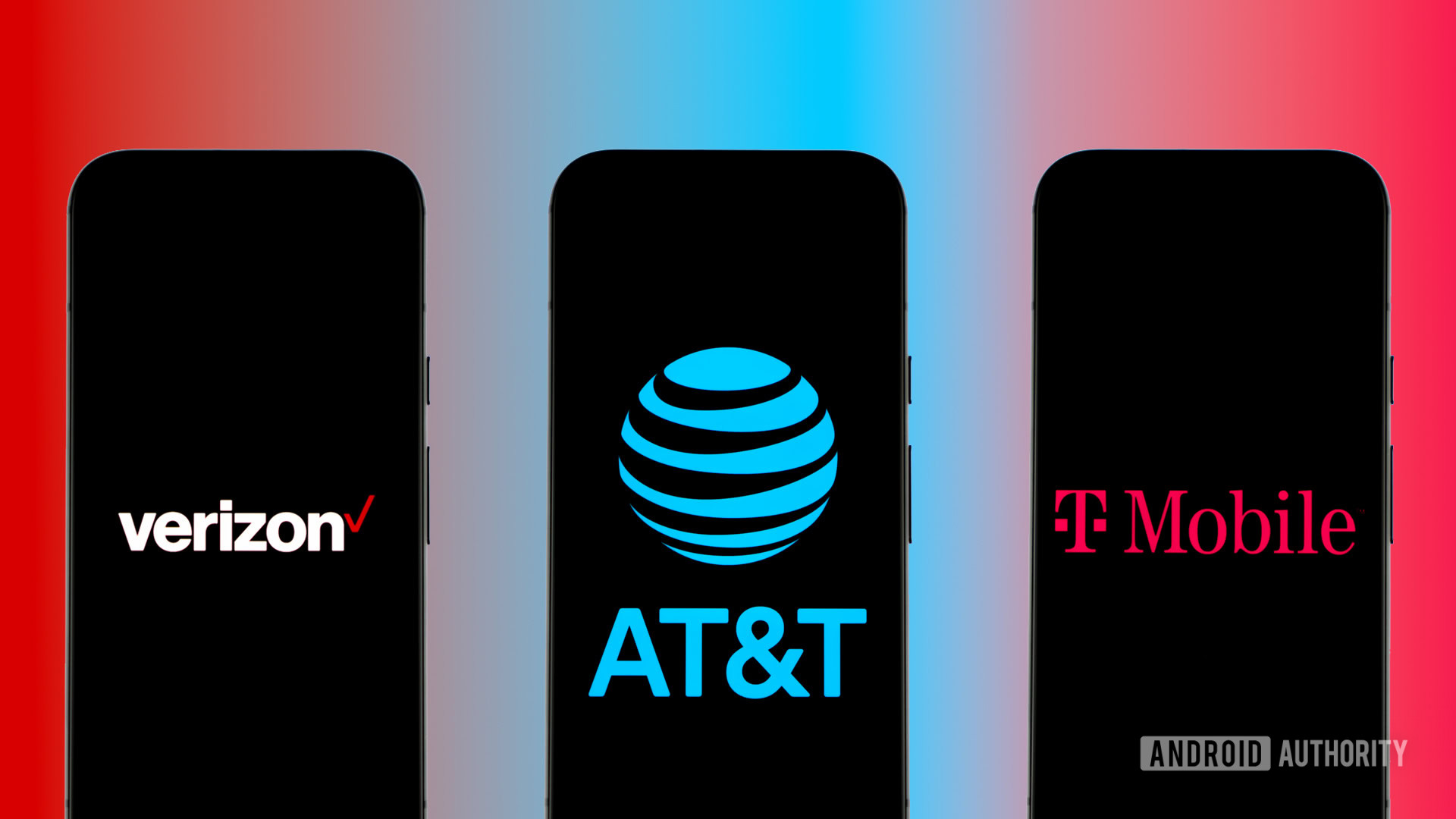
T-Mobile ran out of $0.01 chicken tenders, and some people aren't happy
Aamir Siddiqui6 hours ago
0
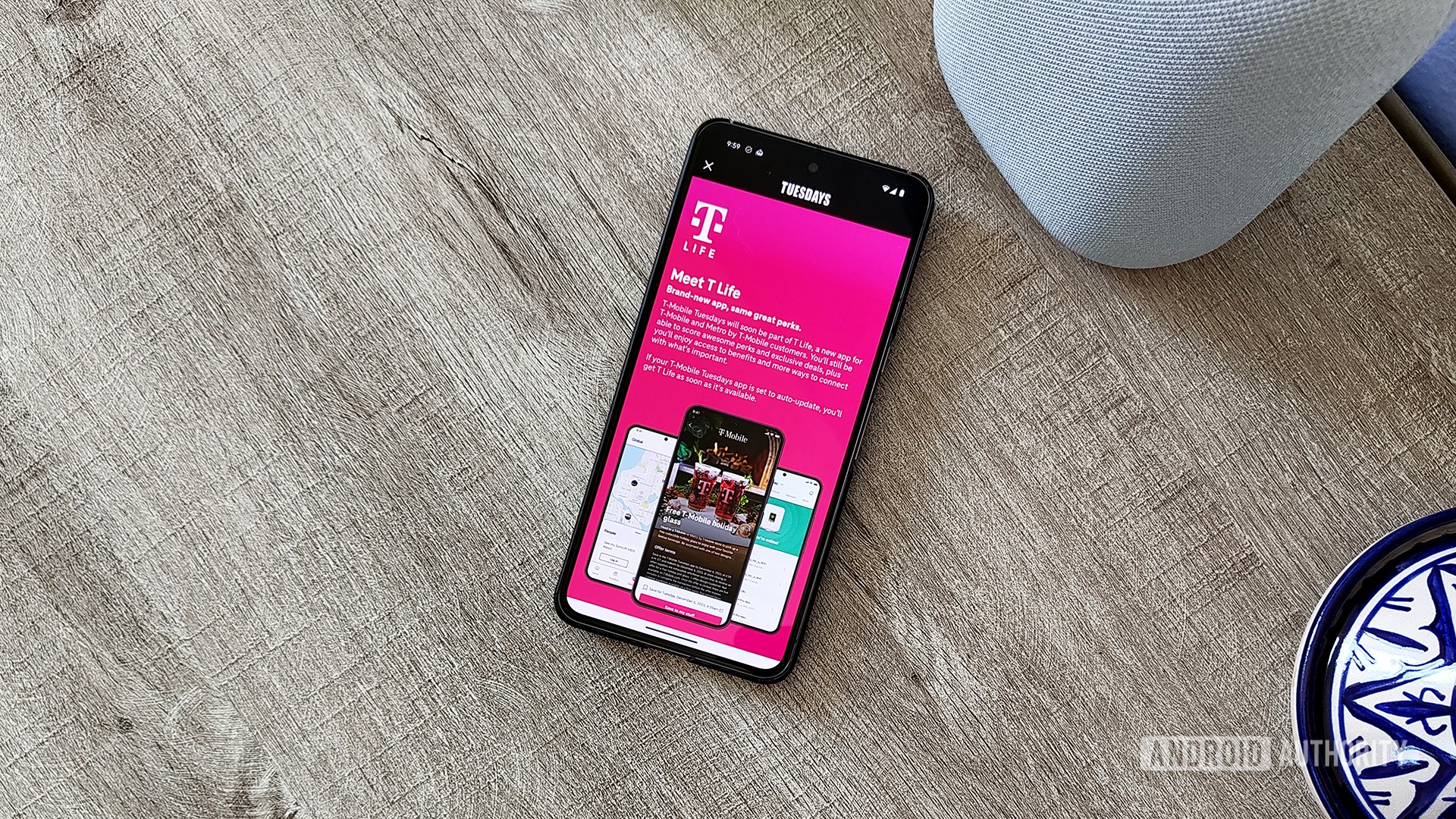
Indirect price increase: AT&T will reportedly reduce its autopay discount for some customers
Andrew GrushMarch 25, 2025
0
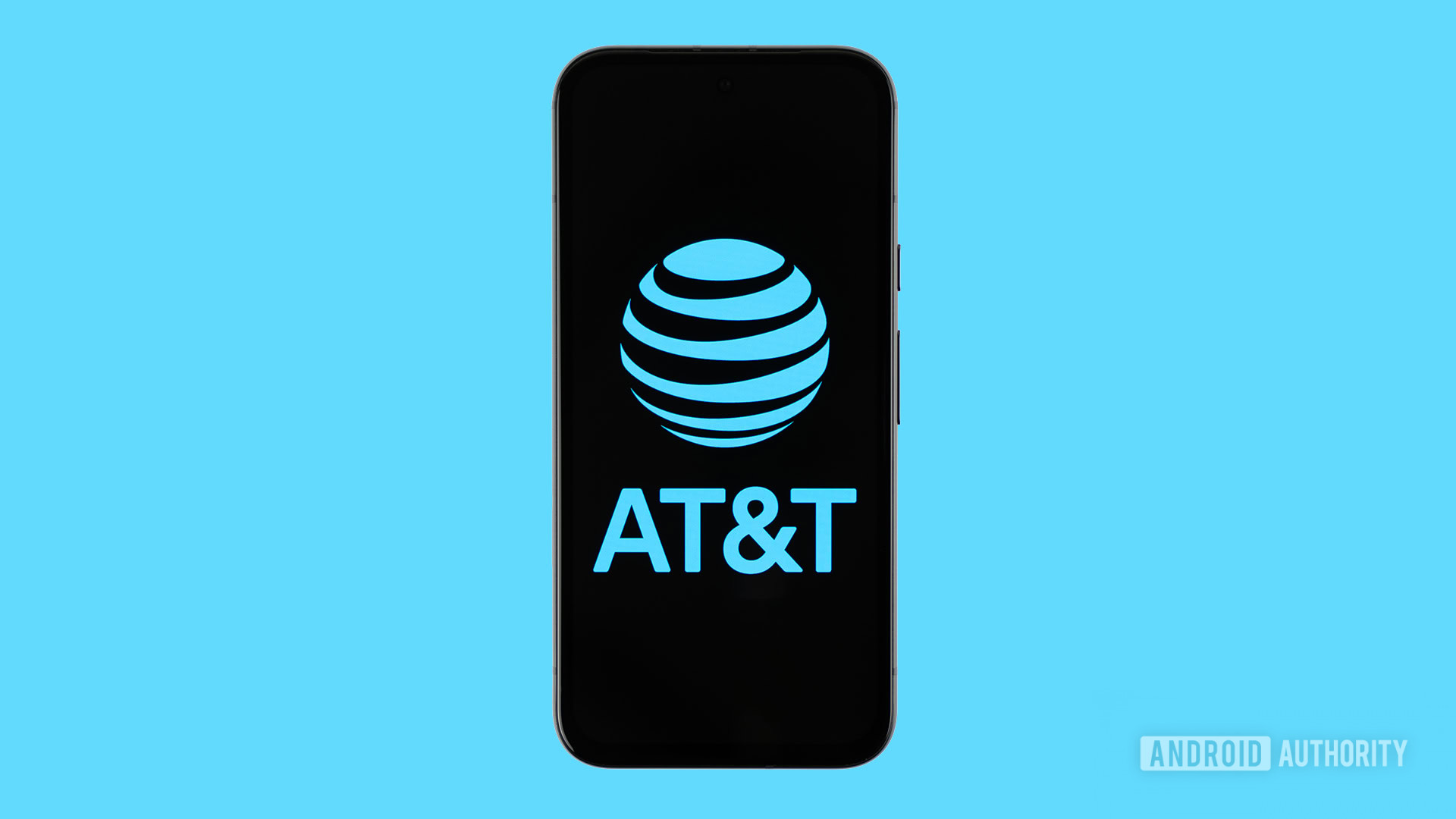
T-Mobile's free MLB.TV returns today, but you don't have long to redeem the offer
Andrew GrushMarch 25, 2025
0
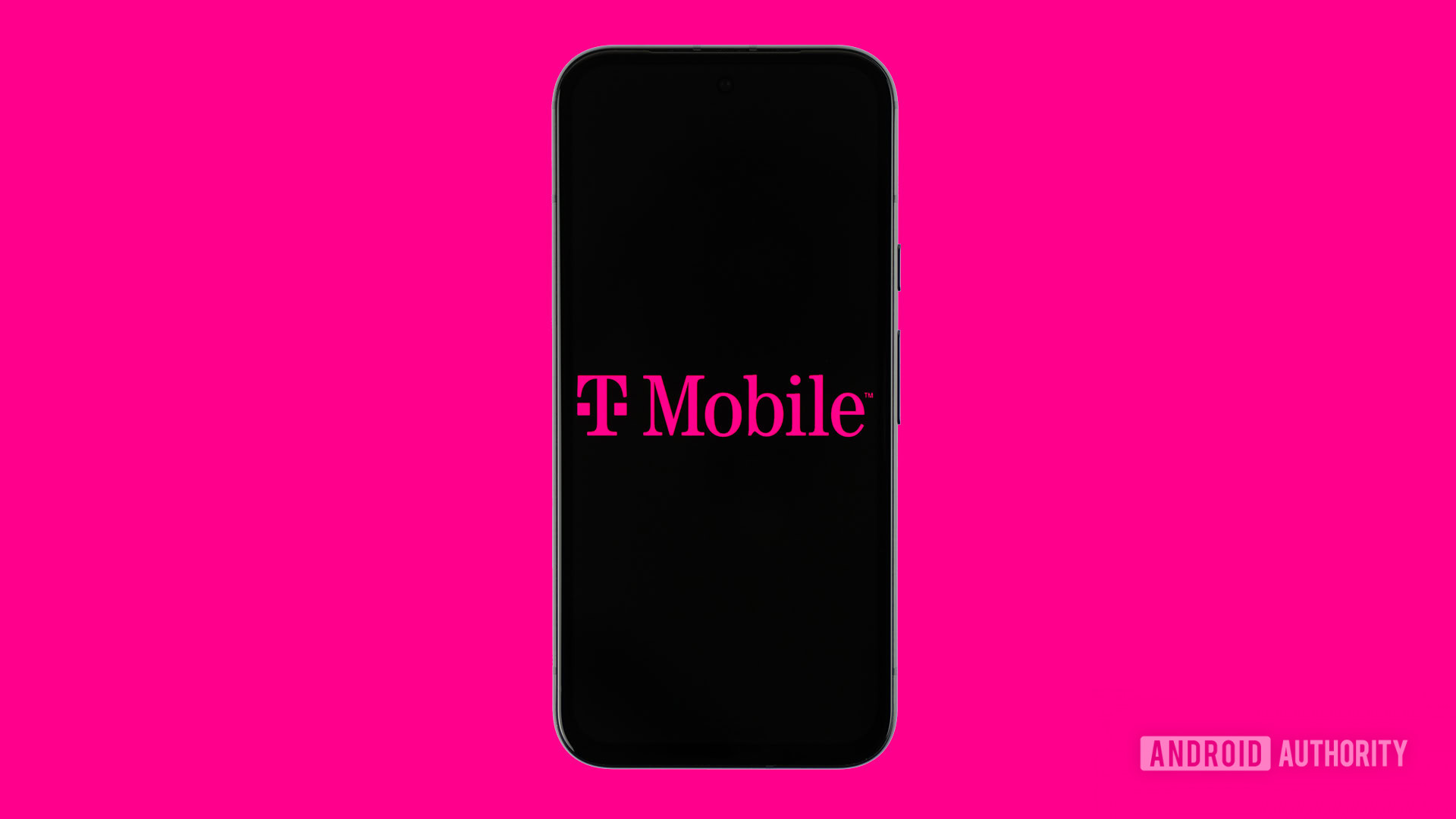
T-Mobile is giving long-time customers a free line, but there are some catches
Hadlee SimonsMarch 22, 2025
0
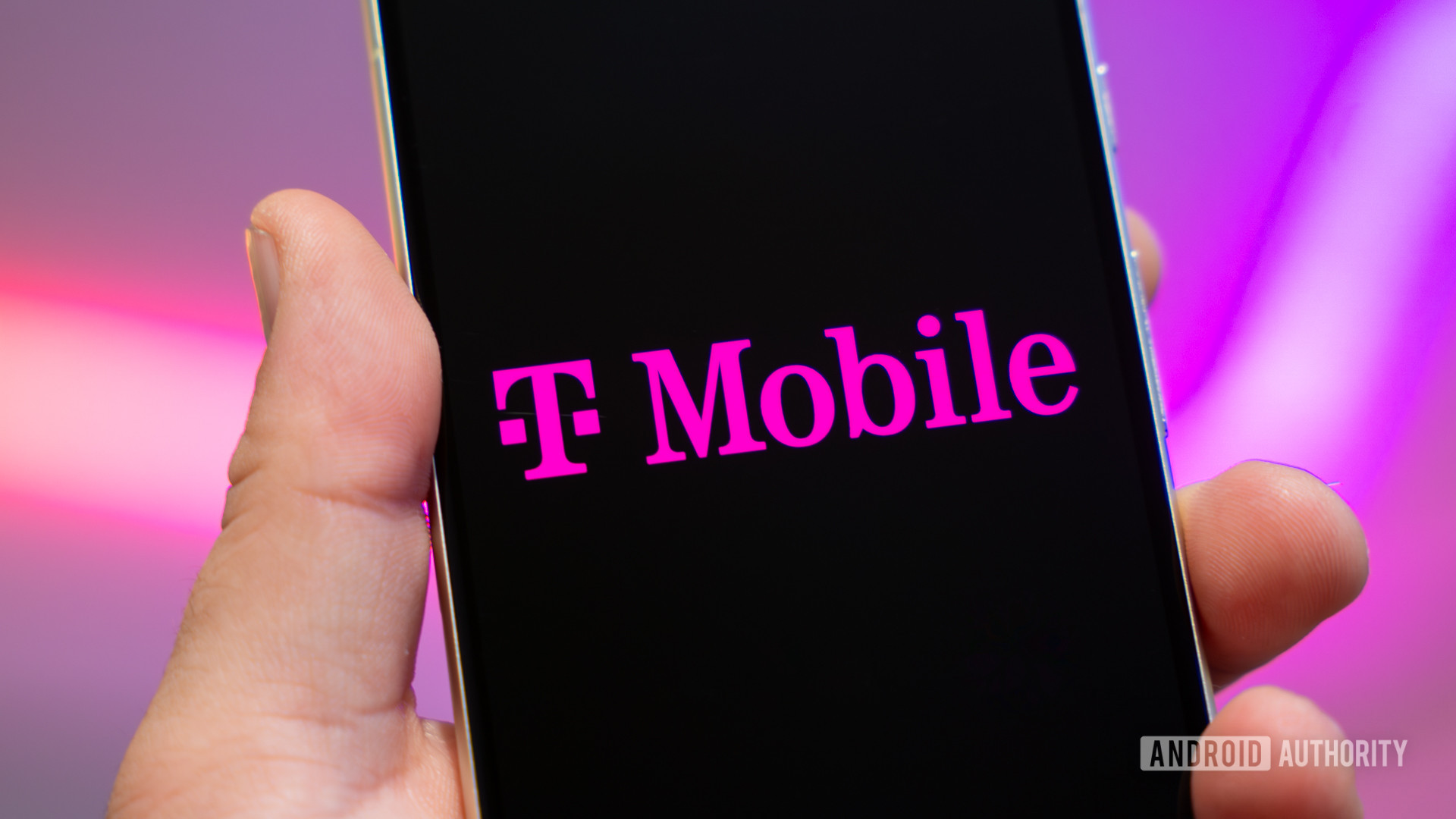
Galaxy S25 & Pixel 9 users on Verizon and a few MVNOs can now text outside cellular coverage
Pranob MehrotraMarch 21, 2025
0
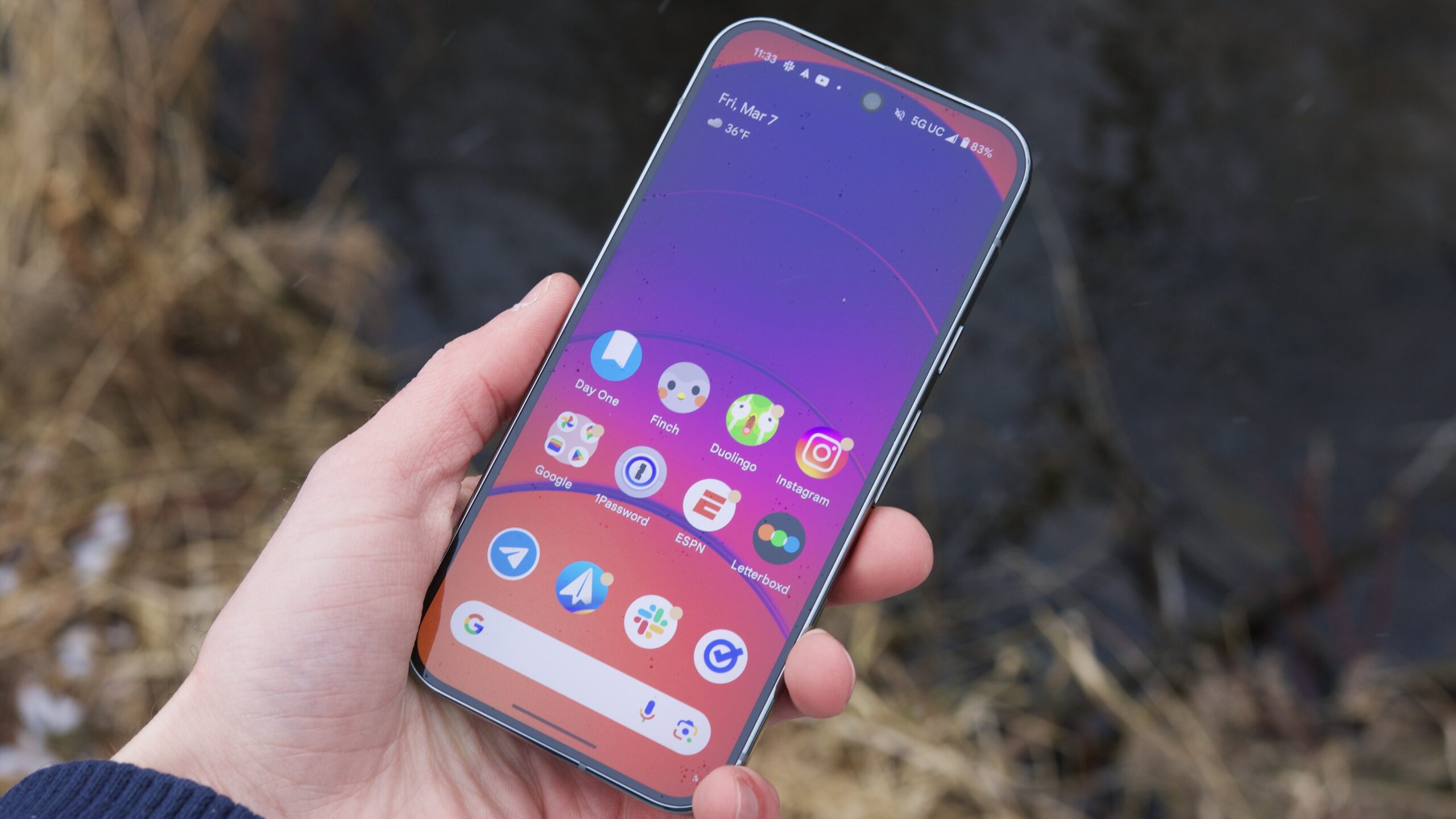
Verizon will no longer offer Disney Plus Premium for $10 a month, as I found out in the oddest way
Andrew GrushMarch 20, 2025
0
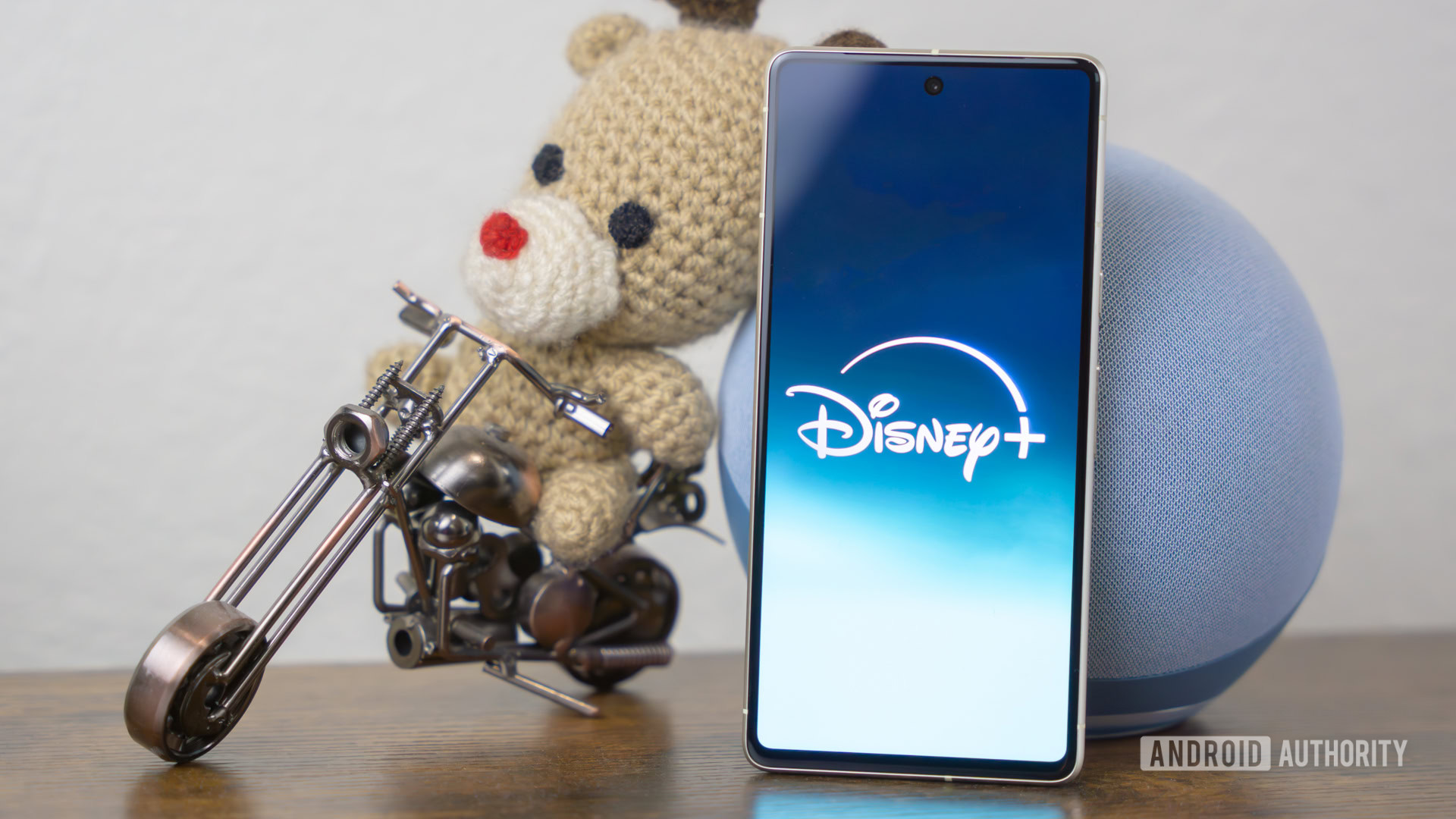
Verizon mocks T-Mobile with latest offer, but customers aren't having it
Hadlee SimonsMarch 20, 2025
0
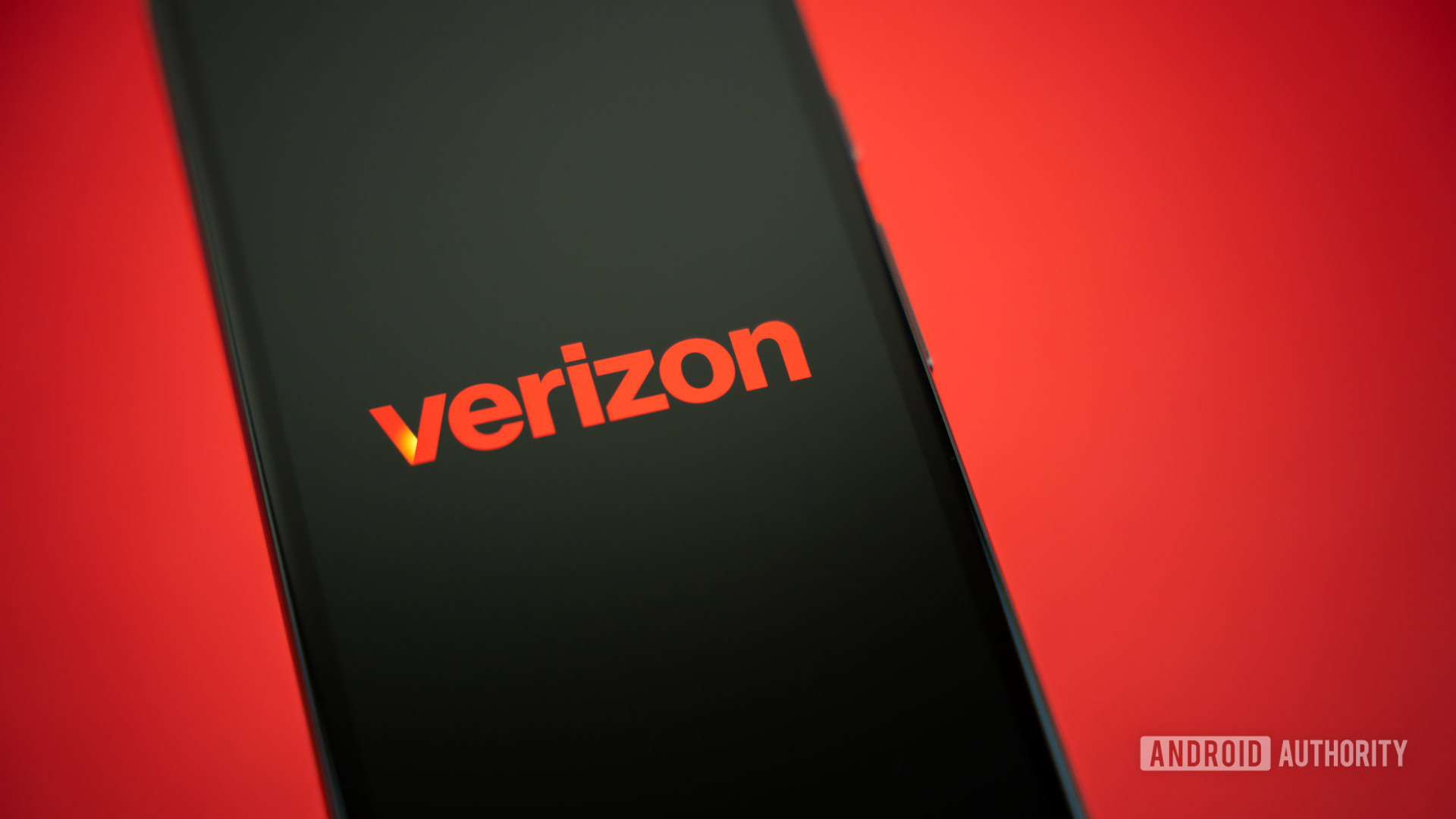
AT&T and T-Mobile Pixel 9a deals throw in a free pair of Pixel Buds A-Series
Ryan McNealMarch 19, 2025
0
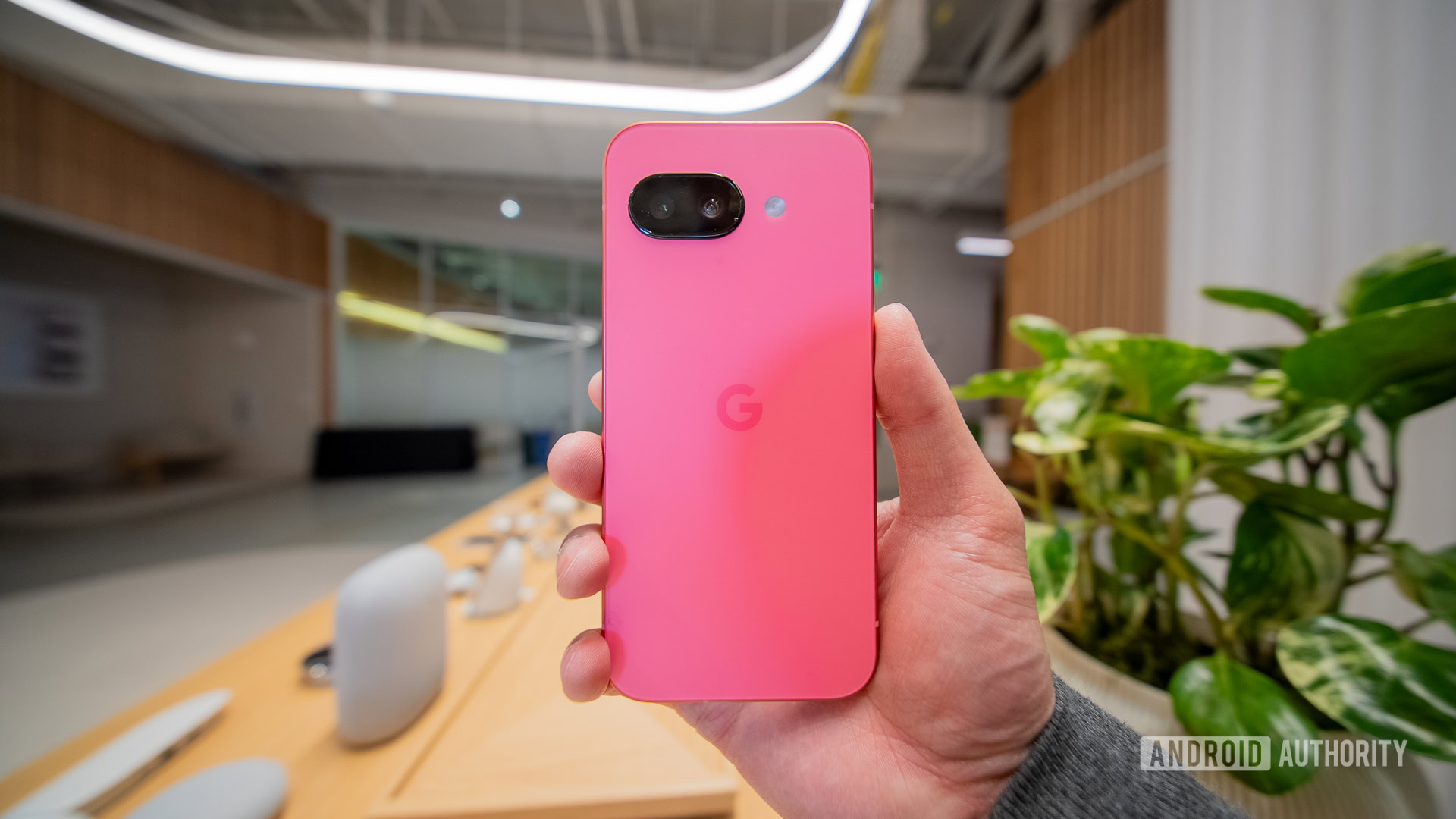
Not sold on the Pixel 9a? Visible will give you a free iPhone 16e instead
Andrew GrushMarch 19, 2025
0
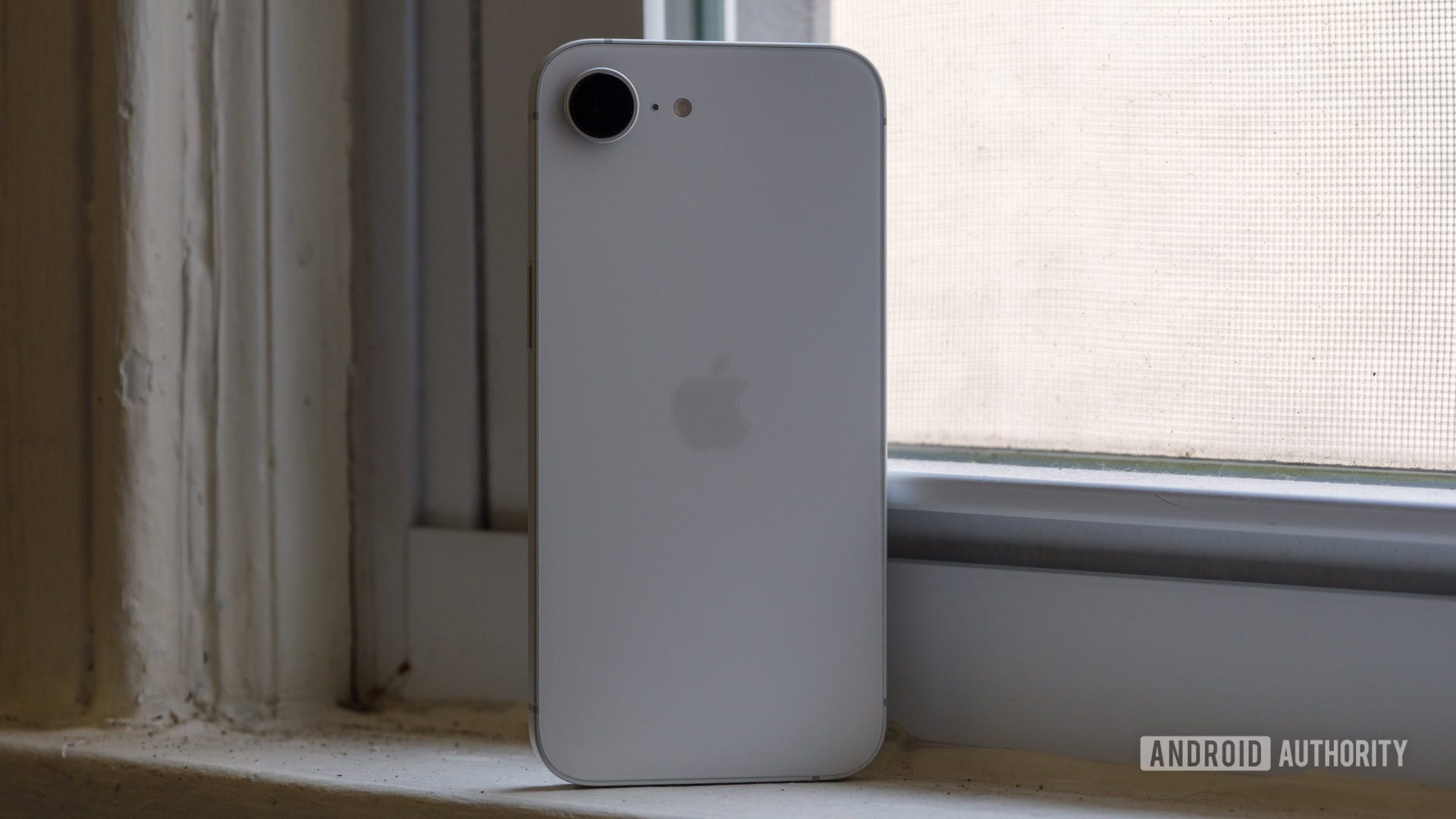
Users panic as T-Mobile 'deletes' existing free lines after applying new free line promo
Adamya SharmaMarch 19, 2025
0
